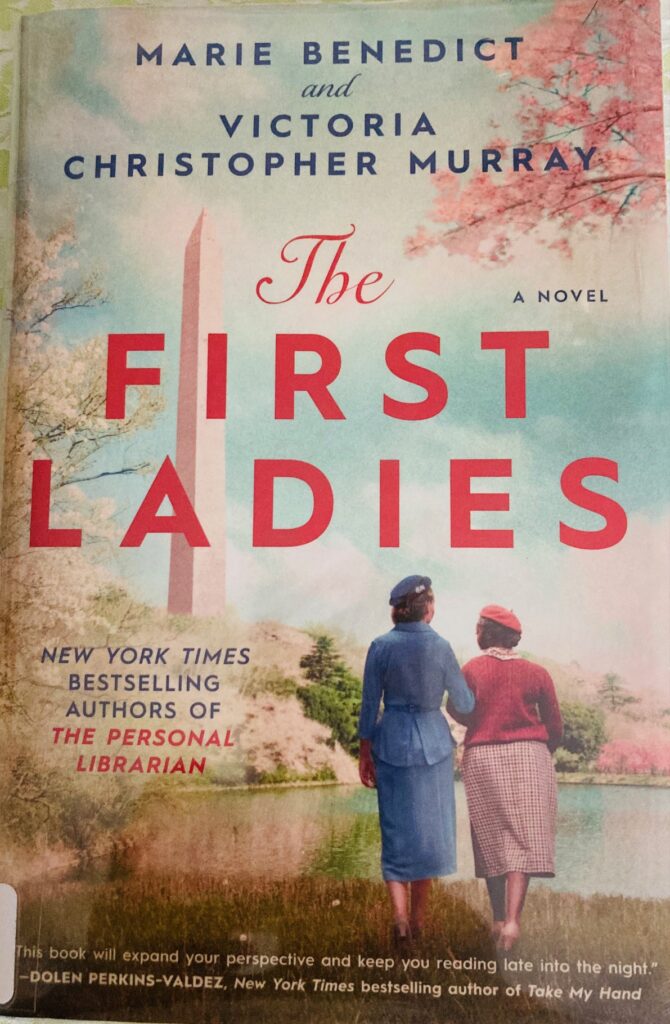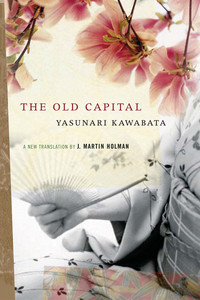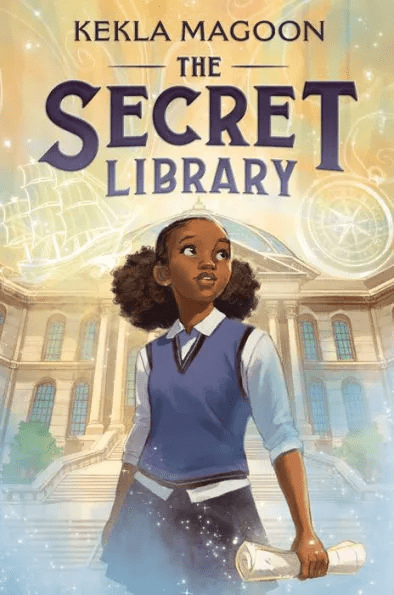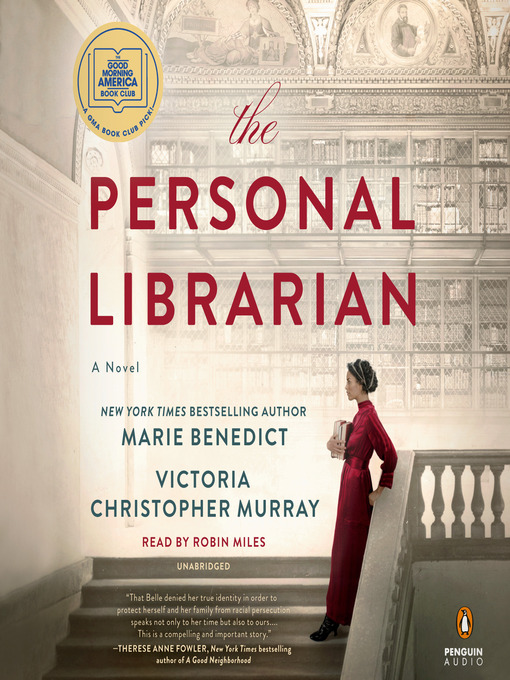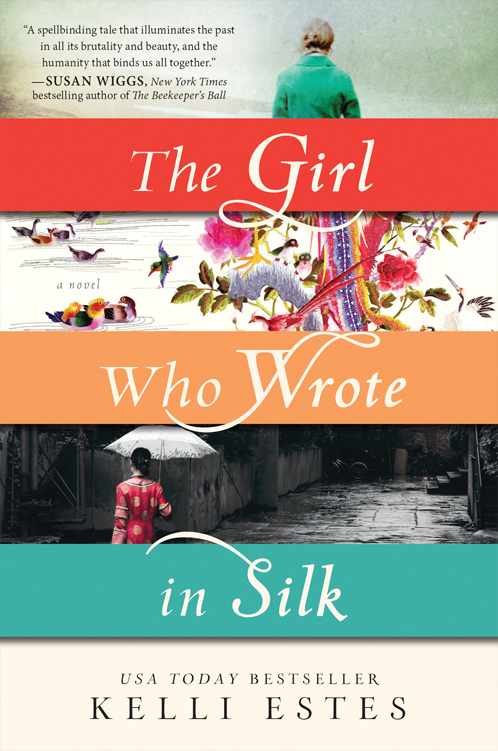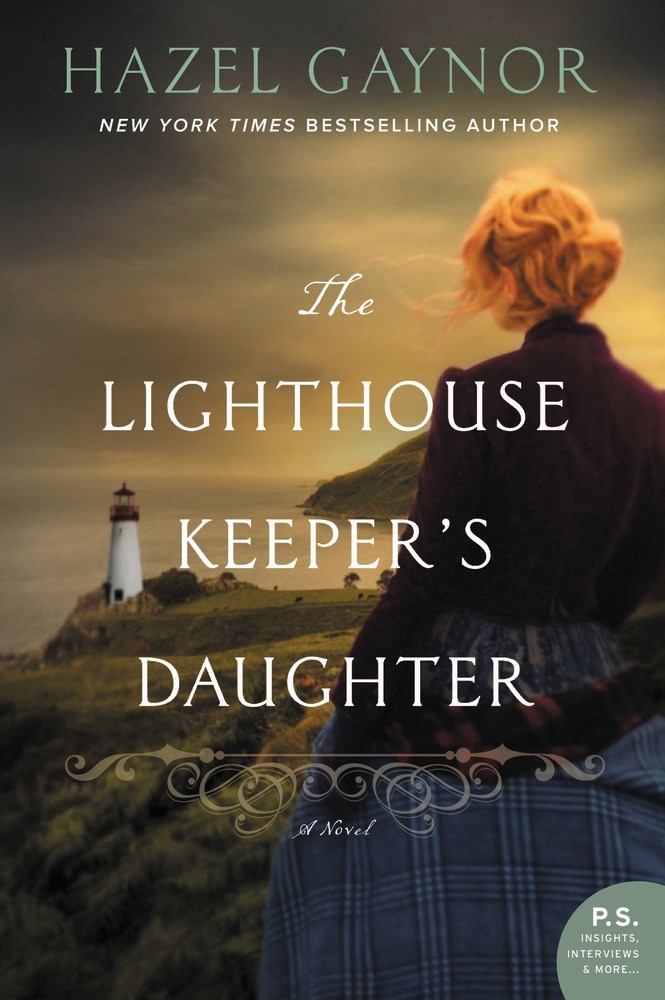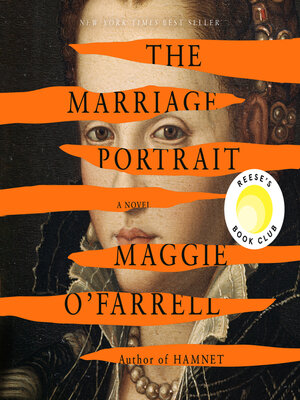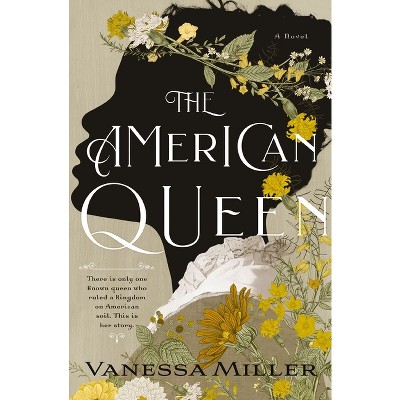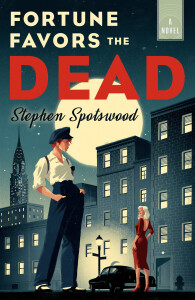
In 1926 Tom Sherbourne becomes the lighthouse keeper on Janus Rock, a lonely spot off the southwestern coast of Australia. It’s a lonely job, with a supply boat only visiting once a quarter, but Tom enjoys it. After a shattering four years fighting in WWI, Tom returned to Australia and began learning the lighthouse trade, attracted by the quiet life, the precision required, and the opportunity to save lives. On a rare shore leave he meets and marries Isabel who adjusts quickly to life on the island and looks forward to raising a family.
Unfortunately she suffers two miscarriages and a stillbirth. So when a boat washes ashore with a dead man and a live baby, she calls it a miracle. Tom, a principled man, wants to report it immediately, but Isabel persuades him to wait, arguing that the mother must have been washed overboard and drowned. The stillbirth is recent enough that Isabel is able to nurse the baby.
Stedman wonderfully evokes the fierce love of parents for a child, as well as Tom’s love for Isabel. Their quiet, isolated life on the island is idyllic. However, when the child is two, they have leave to go to town on the mainland for the first time in three years and, during that visit they are forcibly reminded of the lives of others. While Isabel is fixated on the child, Tom finds himself in a moral quandary.
Stedman’s debut novel appealed to me first because of the setting; I love a lighthouse novel. Tom also appealed to me in some ways: reserved and moral, meticulous in his care of the light, steadfast in his love for Isabel and Lucy. However, I found the book’s premise hard to believe unless the characters were completely self-centered, but then I’ve always held to the philosophy that children come first; what’s best for them is my priority. Too many of these characters give that idea lip service and then do what they want.
I still enjoyed much of the story, though. I recently read a post by Leigh Stein on her Attention Economy Substack where she mentioned the work of Dr. Jennifer Lynn Barnes, a novelist and former psychology professor. I also watched the Grammar Girl interview of Barnes on YouTube that Stein mentions. Believing that novels succeed when they provide their readers with pleasure, Barnes took a scientific approach to identifying the primary pleasure buttons. She came up with six: beauty, money & wealth, status & power, sex & touch, competition, and danger.
It’s an interesting idea, and one that fits this popular novel. The landscape of the light, the sea, and the sky is beautifully drawn. Of all the senses, touch is the one that stays with me from this story: Lucy’s soft cheek, the feel of salt spray from a rough sea. There’s competition and danger, and the potential loss of status and power. The only pleasure button missing is money, which is not a motivation for anyone in the story, but there’s another kind of wealth: family and community.
And I did take pleasure in this story, despite the unlikely premise and some unlikeable characters. It captures the joy of bathing a baby and playing with a toddler. It made for good bedtime reading.
What novel have you read recently that gave you pleasure? What about it made you feel that way?
